Back around 2006 at my old shop, I had a horsepower shootout during a spring open house. I had a younger fella there with a Kawasaki ZX-10R, and as we registered folks for the horsepower shootout we would ask them what they thought their bike was going to make for power. In this guy's case, he said “180,” which caught me a bit off guard because the bike looked bone stock. The bike hit the dyno and made 151 rear wheel horsepower, basically what a stock ZX-10R of that year should make.
The dude was a bit surprised, but after I explained that this was perfectly normal for a bike like his in stock form, I asked him why he thought it would make 180.
“That’s what the magazine said,” he replied.

Let’s unpack a few things from this conversation before we start breaking down the two types of measured horsepower. First of all, I realize different dynos on different days will produce varying degrees of power. This dyno was a Dynojet 250i on an 80-degree Iowa day. I’m not sure what "magazine" he was referring to but the manufacturer claimed crank horsepower for a stock ZX10R from 2006 was 175 . This leads us to what exactly is crank horsepower vs rear wheel horsepower and why is there a significant difference?

Crank horsepower can be referred to as engine or flywheel horsepower, but it all means the same thing. It's measured with the engine out of the bike and on a stand, so to speak. And that is significant because there is no drivetrain loss meaning the power from the engine doesn’t have to transfer through the clutch, transmission and final drive system before it gets to the ground where you feel it in the seat of your pants. It's raw, unfiltered power that's measured at the crankshaft of the engine. These are the horsepower numbers you are going to see listed by motorcycle manufacturers in their specs and trickled out into the media. The reason for that quite simply is marketing, those numbers look better to sell that bike and they aren’t untrue, just a different measurement.

Rear-wheel horsepower (rwhp) is measured on a dynamometer most likely at your favorite tuner's shop. It is the actual power being put down to the ground. The bike is loaded onto the dynamometer and in very simple terms sits atop a giant and very heavy wheel controlled by an electric brake. The operator will spin the bike up in fifth gear or so to redline and it will give you a fairly accurate reading of what amount of power your bike is getting to the ground. Without getting off into the weeds, there are plenty of factors that will affect your dyno reading. Things like elevation, air temperature, barometric pressure and sometimes just the dyno itself will cause variations in horsepower numbers, but generally speaking it's a very good indicator of your bike's actual horsepower that the rear wheel is putting to the road.
* A quick side note about things that will affect your bike's RWHP without getting into tuning or engine building. Things like proper air pressure and a well-lubed chain can rob 3-4 horsepower from you if they're not up to snuff. Also, running giant billet wheels (240-330mm) absolutely suck horsepower away from the bike. Food for thought.
What have we learned from all this? Know the number being thrown at you, don’t get mesmerized by big power numbers until you know where they are being measured. How much do the numbers matter? In my years of running a dyno at my shop I used to joke about the dyno room being the “room of disappointment.” All too often folks would get too wrapped up in final horsepower numbers even though they were perfectly happy with their bike before they knew the horsepower figures. If you are happy with how the bike feels and performs, then the number is inconsequential. And there are plenty of things to take into consideration when it comes to the acceleration of your machine. The horsepower-to-weight ratio is ultimately more important than the actual RWHP. If you have two bikes each making 100 hp but one bike is 100 pounds lighter it will win the acceleration battle even though the dyno numbers portray the bikes as equal. The point is that if your bike is in a good state of tune and you are happy with how it performs, don’t get dragged down in dyno numbers, be it crank, rear wheel or otherwise, just go ride your motorcycle.


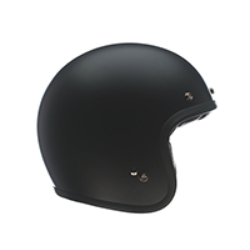

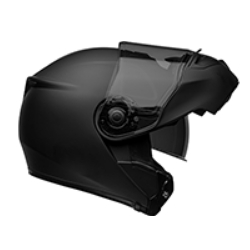

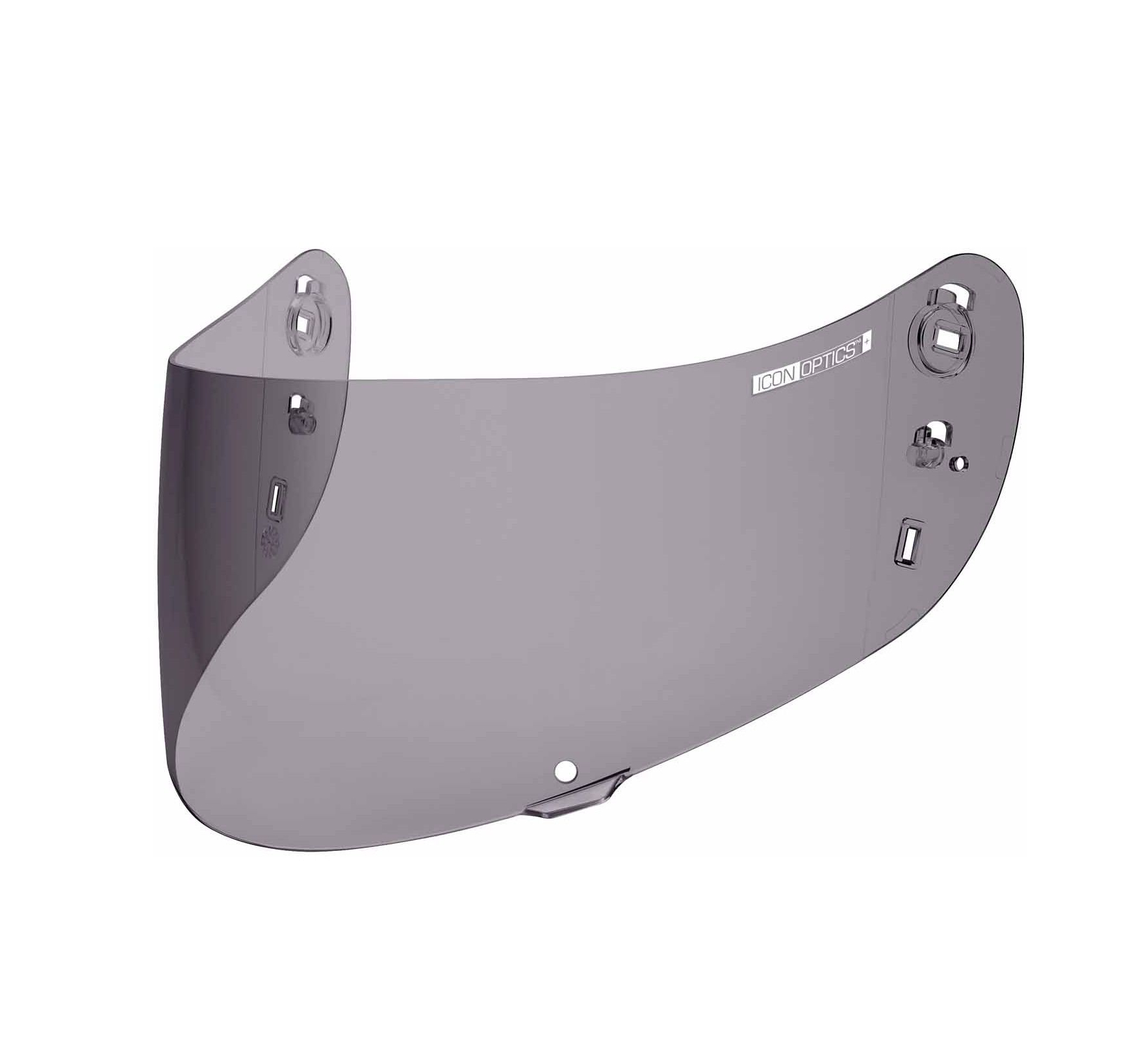
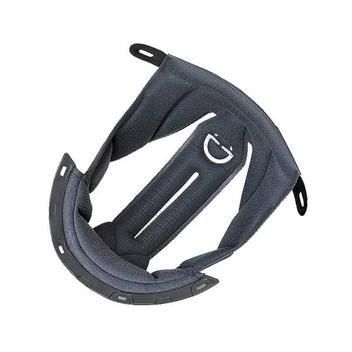
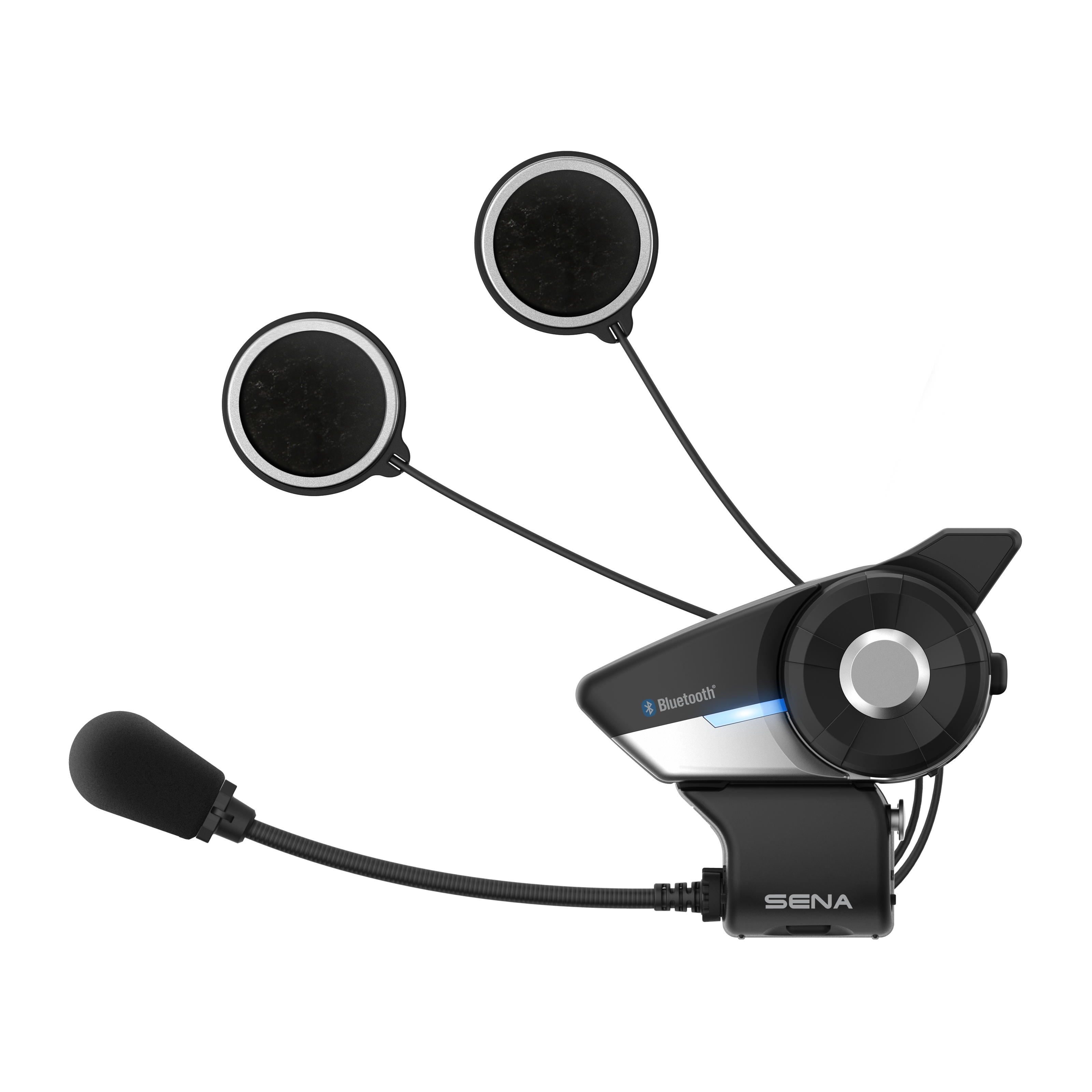


 Membership
Membership





